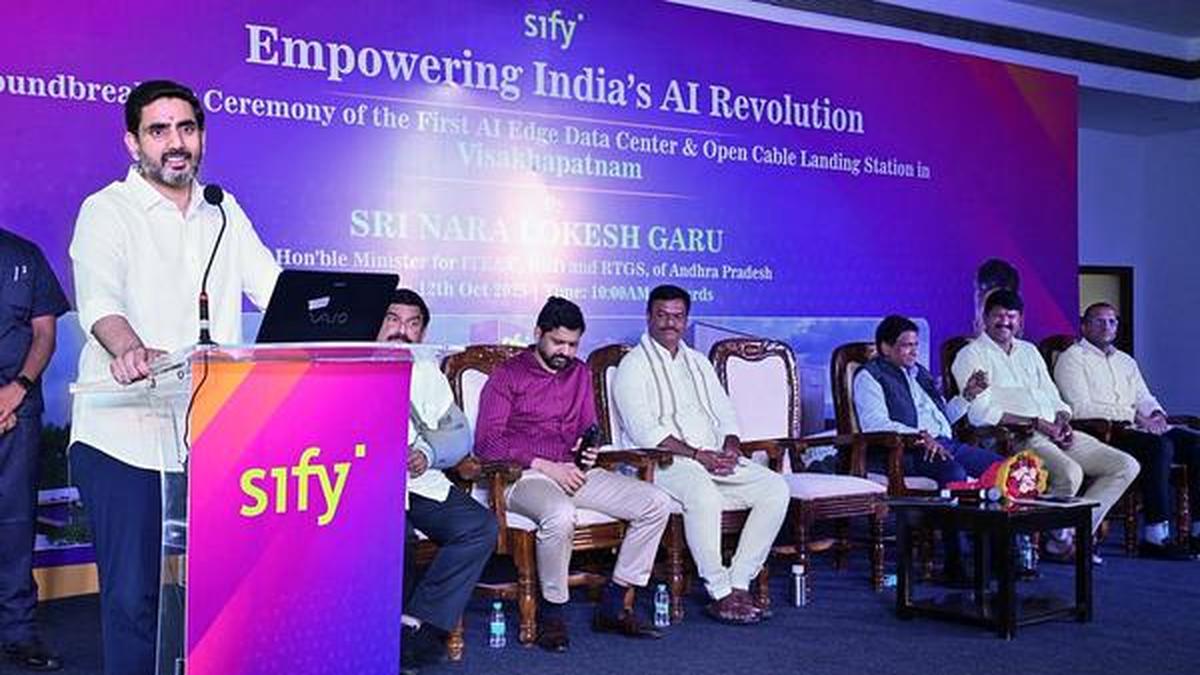Highlighting that India’s export earnings from fish and fishery products doubled to ₹60,523 crore in 2023-24 from ₹30,213 crore in 2013-14, a report by NITI Aayog on deep sea fishing has suggested focussed approach and an investment of about ₹9,000 crore over next 15 years to make the sector shine like inland fishery.
The report titled “India’s Blue Economy: Strategy for Harnessing Deep-Sea and Offshore Fisheries” has suggested steps in three phases over the next 15 years. The government should lay the foundation work for fostering early growth in phase one (2025-28), scale up activities to raise production and global competitiveness in phase two (2029-32) and make India a global leader in deep sea fishery in phase three (2033-41).
Asking the government to create clear Rules for responsible fishing in deep waters (beyond 200 nautical miles in international water) and a regulatory law aligned with international laws (UNCLOS), standards and guidelines, the NITI report said there is need for streamline licensing, registration and access policies based on resource potential, stakeholder inclusion and sustainability principles.
It has suggested revision of subsidy and incentive schemes to tap the potential of deep-sea and offshore fishing, and also legal mandates for institutions for effective monitoring, control, surveillance and enforcement. “Create a dedicated agency/directorate under the Department of Fisheries for holistic governance of deep-sea and offshore fisheries,” it said stressing on augmentation of research, data collection and stock assessment capabilities.
Other recommendations include establishment of a dedicated Deep-Sea Fishing Development Fund through budgetary support under PMMSY and industry contributions, creating a Deep-Sea Fishing Program (DSFP) with an advisory council consisting of all maritime states and other relevant agencies to advise the Programme Director. It also has asked the government to set up a dedicated Programme Management Unit in the Department of Fisheries to design, coordinate, implement and monitor it.
It has noted that choice of technique must be carefully aligned with the target species, vessel capabilities, and regulatory frameworks that promote sustainable fishing practices. To promote fish exports, it suggested establishing framework and addressing critical infrastructure gaps.
It has pointed out that there were only four vessels in 2023, owned by Fishery Survey of India (FSI) for deep sea fishing, whereas Sri Lanka had 1,883 and Iran had 1,216 vessels and due to which there has been limited participation by India in high-sea fisheries.
India has an extensive maritime area, with a coastline stretching over 11,098 km across nine coastal states and four union territories. The deep waters beyond the continental shelf, extending beyond the Exclusive Economic Zone (EEZ) boundary of 200 nautical miles, contain select high-value fish stocks, including tuna, billfish and shrimp species, an official statement said.
The EEZ potential is estimated at 7.16 million tonnes (mt), including conventional and non-conventional resources.
According to the report, the areas of intervention include: 1) Policy and regulatory overhaul; 2) institutional strengthening and capacity building; 3) Fleet modernisation and infrastructure upgradation; 4) Sustainable Fisheries Management; 5) Resource mobilisation and financing and 6) Stakeholder inclusion and partnerships.
By addressing policy, institutional capacity, infrastructure, sustainable management practices, financing and stakeholder engagement, India can unlock the full potential of its deep-sea and offshore resources while ensuring their long-term viability, it said.
Published on October 13, 2025
.png)
 9 hours ago
9
9 hours ago
9








 English (US) ·
English (US) ·